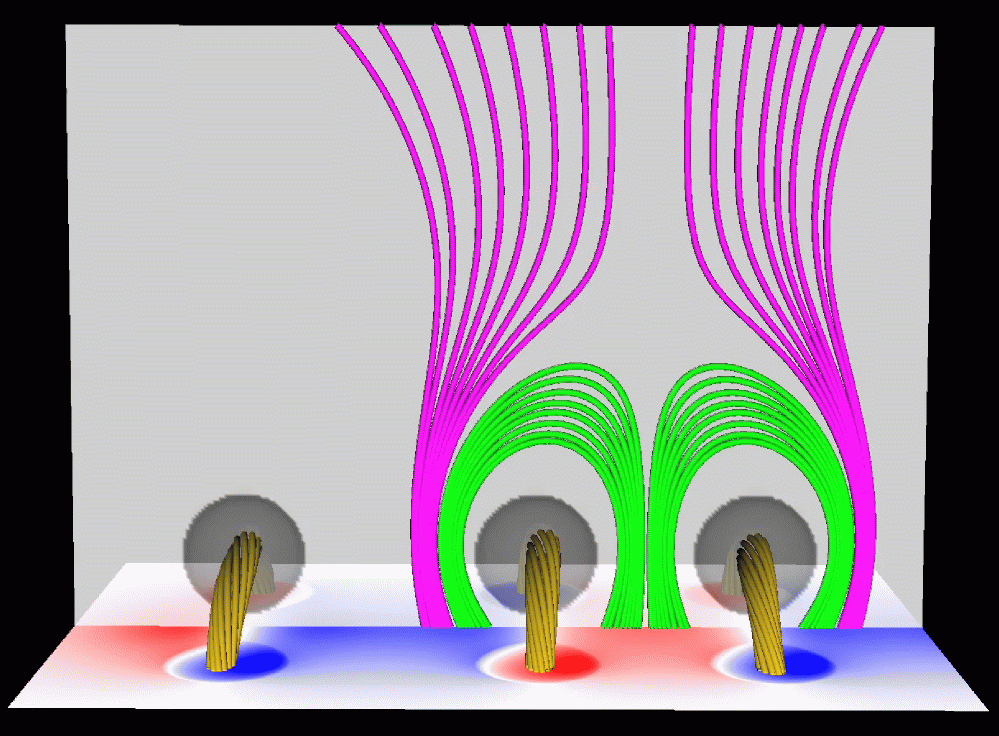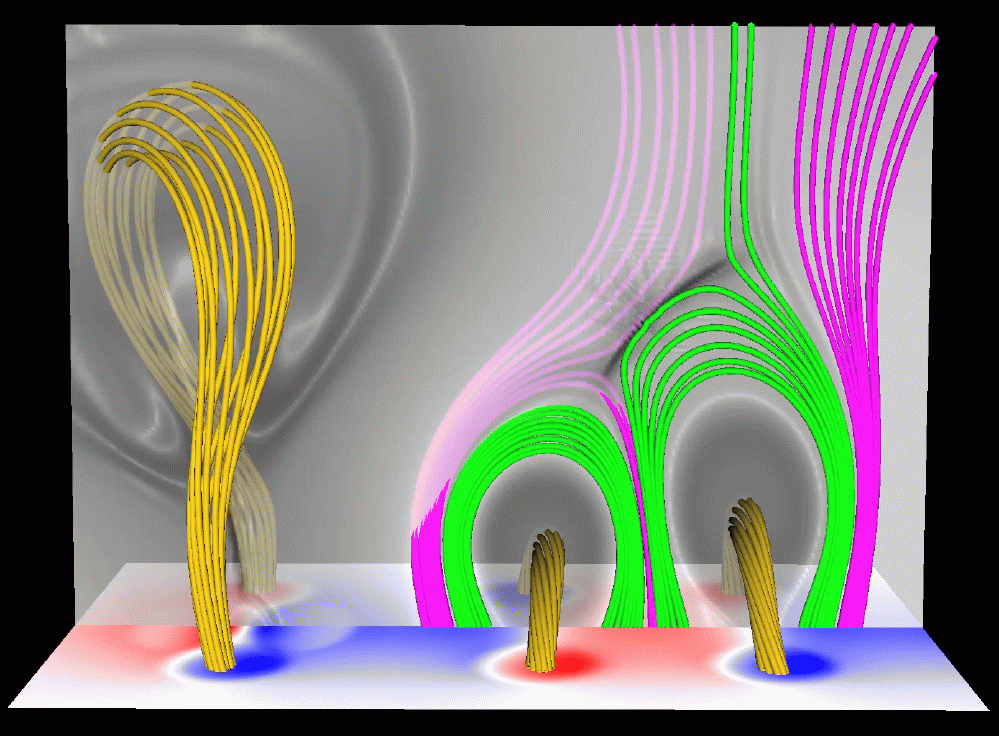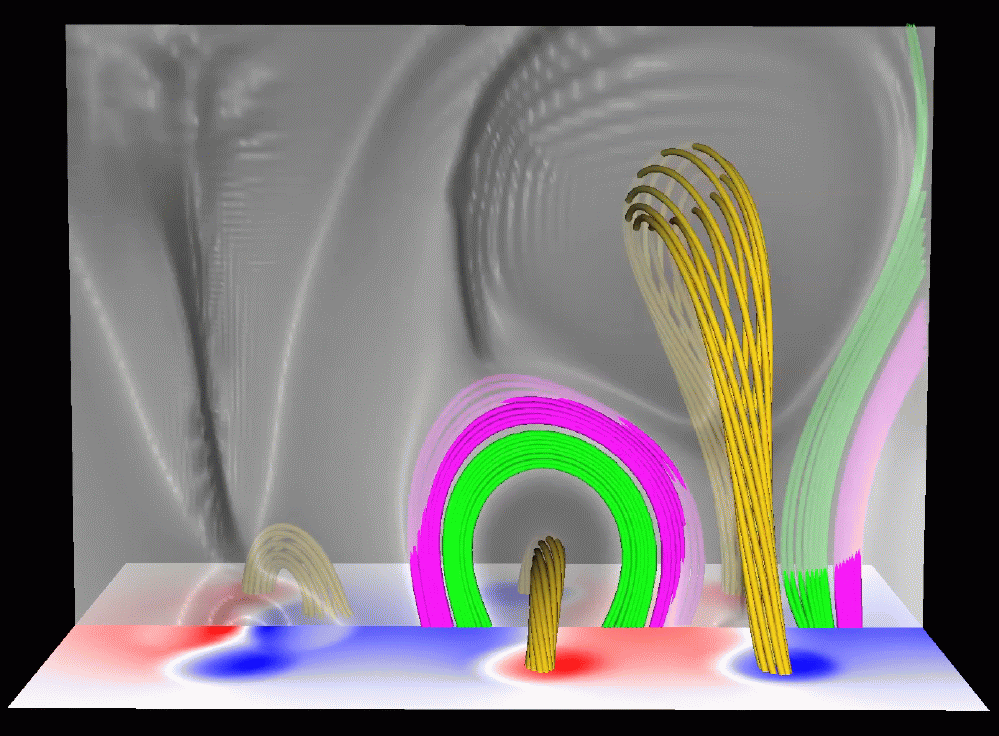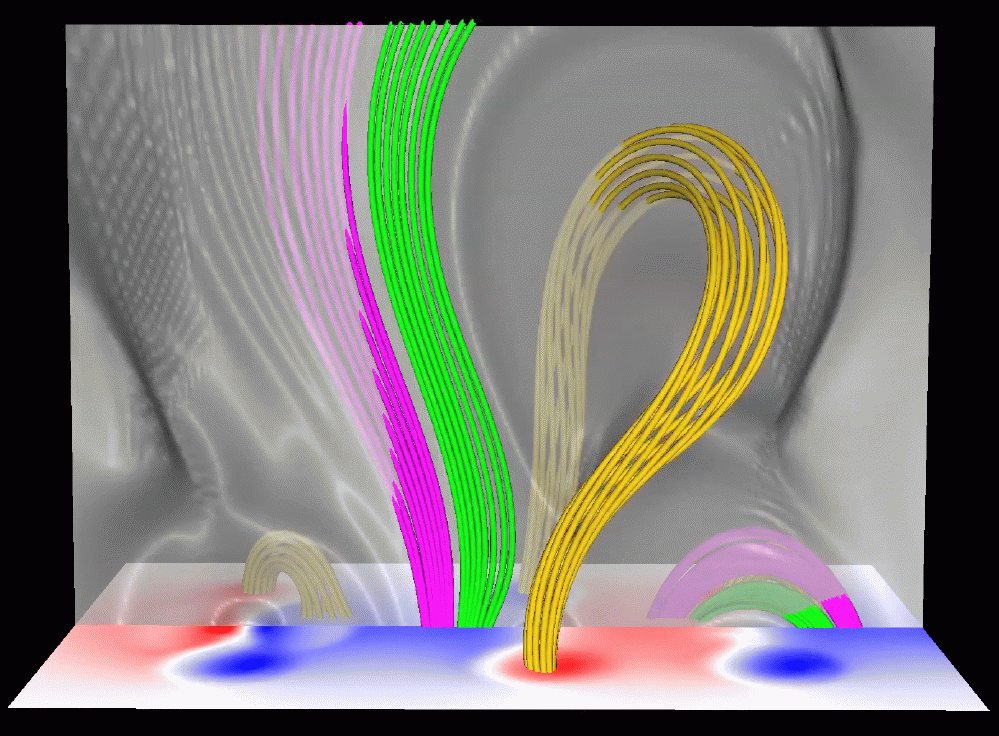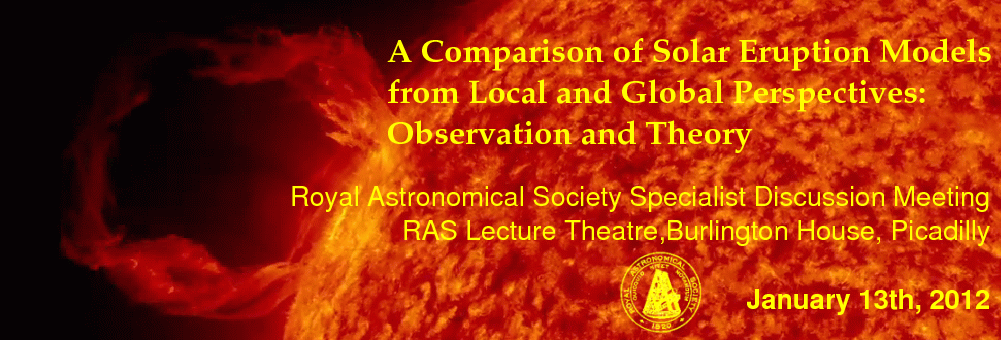
|
In an area that has attracted considerable controversy and debate over many years, theoretical ideas are beginning to show signs of convergence, while an unparalleled array of observational assets in space, e.g. SOHO, Hinode, Stereo and more recently NASA's Solar Dynamics Observatory (SDO), is allowing increasingly stringent testing of the available models. Key questions centre on:
The study of solar eruptions is assuming a growing importance given the increased concern about the disruptive role of e.g. Coronal Mass Ejections (CMEs), in the near-earth environment. The meeting will seek to confront the leading theoretical ideas with the now substantial and expanding body of observational material that relates to the magnetic fields and plasmas that are studied both at the Sun's surface and in its high atmosphere. Meeting conveners:
Confirmed invited speakers:
Download the poster for the meeting here Download the programme and abstracts here Last changed: 6/1/2012 B. Kliem |
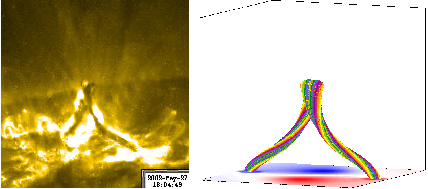
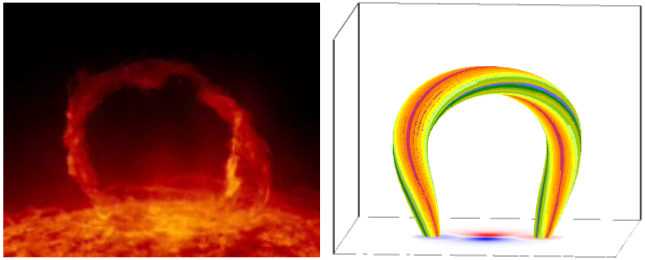

|
